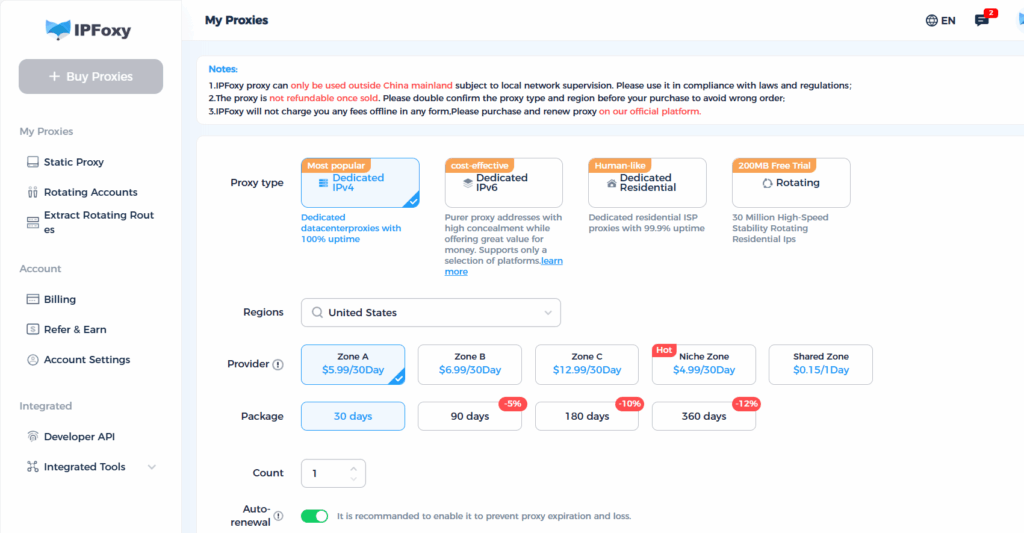In recent years, global e-commerce competition has become increasingly fierce. Low-price, fast-consumption, and direct-sourcing models have become the mainstream trend. Following the price wars initiated by Shein and Temu, Amazon has also begun to enter this field. The launch of Amazon Haul at the end of 2024 is widely regarded as a key step in Amazon’s low-cost strategy. As the new marketplace continues to expand, Amazon recently announced that Amazon Haul has entered its testing phase in Japan, bringing both new opportunities and challenges for Japanese sellers.
I. Overview of Amazon Haul Japan
Amazon Haul first debuted in the United States at the end of 2024, coinciding with the Black Friday and Cyber Monday shopping season. Presented as a “low-price deals zone,” it quickly attracted massive traffic. This year, Haul has successively entered markets such as the United Kingdom and Germany, appealing to young consumers seeking affordable and trendy products.
The launch in Japan introduces more diverse goods and greater discounts to local shoppers. During the testing phase, Amazon has rolled out multiple campaigns and incentives — making this a valuable opportunity for sellers to capture new traffic and visibility.
II. Platform Differences and Potential Impact
1. Different Algorithm Mechanism
The Haul interface places greater emphasis on visual appeal and short-term conversions. Product presentation focuses on images and discounts, while traffic mainly comes from dedicated recommendation slots rather than traditional keyword searches.
2. More Intense Price Competition
Haul follows a “low price + bestseller” logic, meaning that supply chain efficiency and cost control directly determine product ranking and exposure.
3. Logistics and Delivery Requirements
Amazon may introduce separate logistics performance standards for this channel to enhance delivery experiences. For overseas sellers, competing with local Japanese sellers in terms of warehouse and shipping efficiency will be a critical challenge.
4. Stricter Account and Compliance Review
During the testing phase, the platform’s risk control and activity monitoring systems are more sensitive to new sellers. Frequent region switching, batch account management, or abnormal login behaviors may be flagged as high-risk activities.
III. Seller Response Strategies
To adapt to this new platform, sellers must adjust their operational strategies according to Haul’s unique characteristics:
1. Optimize Product Selection and Pricing
Haul’s algorithm favors products with high click-through rates and low return rates. Sellers are advised to focus on lightweight and fast-moving consumer goods, and conduct tiered pricing tests. Through market research and competitor analysis, building a multi-layered SKU structure will help mitigate early-stage price fluctuations.
2. Strengthen Localization
Japanese consumers place strong emphasis on packaging quality, customer service, and after-sales experience. Sellers should prepare Japanese-language customer support, optimize product descriptions, and manage reviews carefully. For cross-border sellers with capacity, using Japanese local warehouses can help improve logistics ratings.
3. Data Tracking and Advertising Adjustment
Haul’s advertising portal may integrate with the Amazon Ads system, but its early-stage algorithm remains unstable. During testing, sellers should focus on key metrics such as click-through rates and retention rates while gradually building private traffic. Running A/B testing for ad creatives can also significantly improve targeting accuracy.
4. Managing Accounts and Testing Environments
During the initial promotion of Haul, many sellers operate multiple test accounts or log in from different regions to compare pricing and advertising performance. However, frequent switching between network environments can trigger platform risk controls.
In these cases, it’s advisable—just as I do—to use IPFoxy static residential proxies to securely isolate multiple account environments and prevent accounts from being mistakenly flagged as abnormal.

IV. Conclusion
The launch of Amazon Haul represents both a new traffic gateway and a turning point for operational strategy. For sellers, the key to success lies in understanding the platform logic early, balancing price and exposure, and adjusting swiftly to the new model. Those who act first and adapt effectively will stand out in the next wave of competition.


